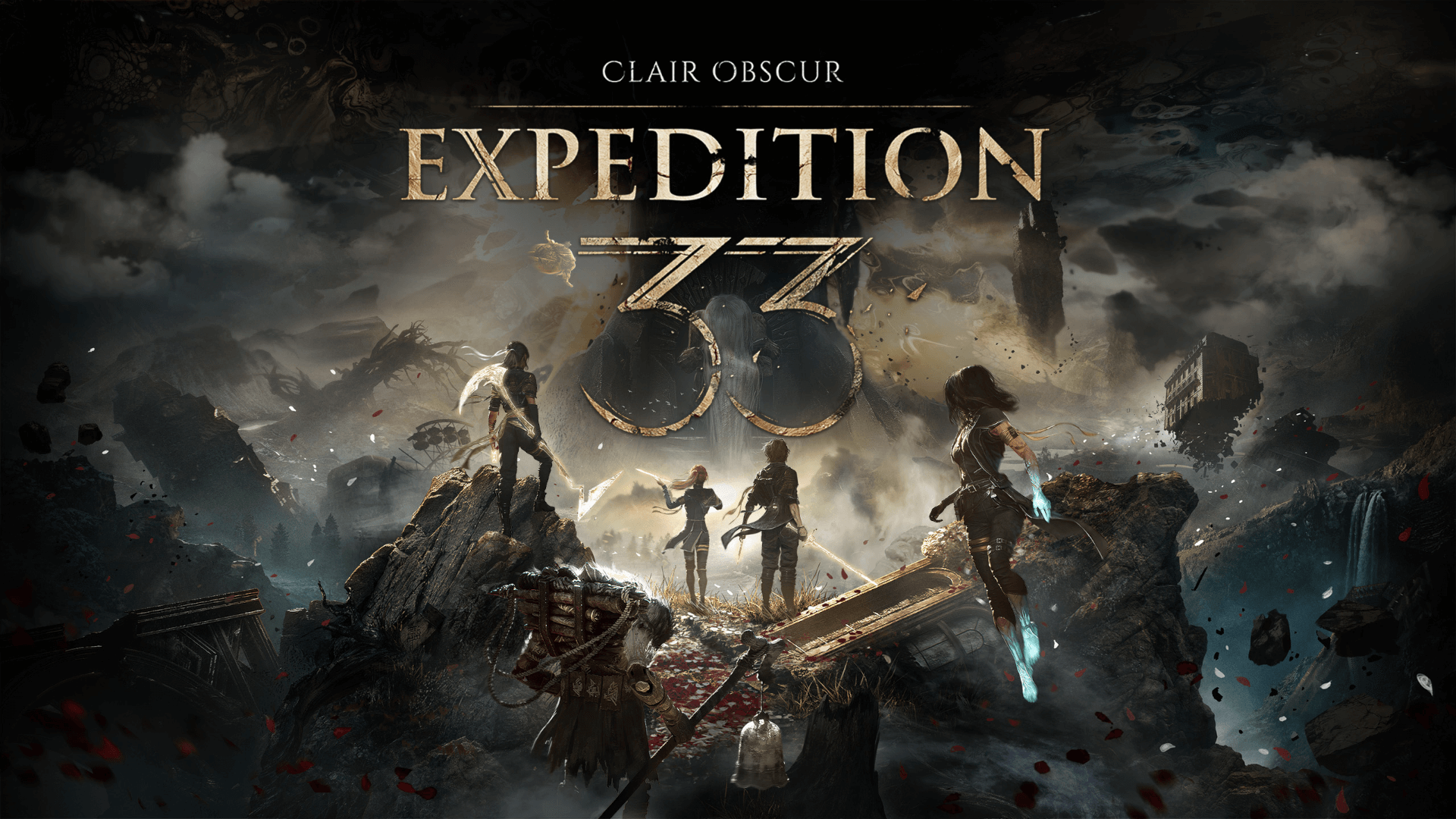News: Phantasmagoria Retrospective - The mythical FMV point-and-click horror adventure
The uncanny and fabled
Phantasmagoria,
released in 1995 by Sierra On-Line, is a horror-themed point-and-click adventure game that has left a lasting
mark on gaming history. This retrospective explores its plot, gameplay mechanics, development history, reception,
and legacy, offering insights for enthusiasts and researchers alike.
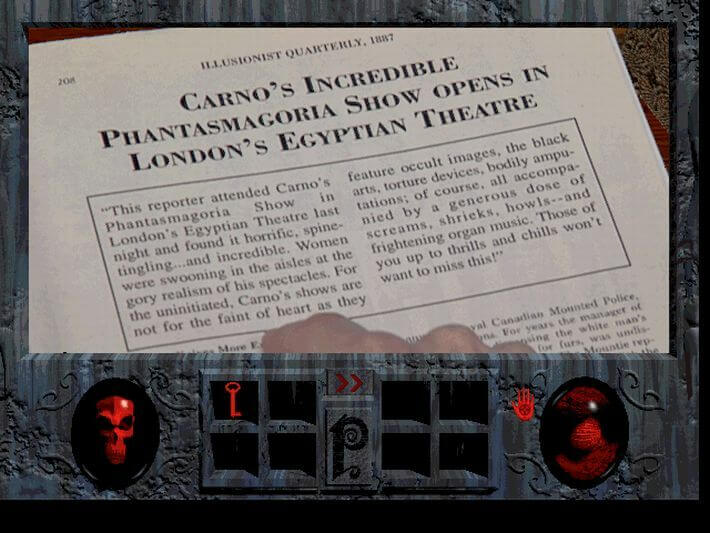
✪ Plot Summary and Narrative
The game's narrative follows Adrienne Delaney, a successful mystery novelist, and her photographer husband Don
Gordon, who purchase a remote mansion off the coast of a small New England island previously owned by Zoltan
"Carno" Carnovasch, a 19th-century magician whose five wives died under mysterious circumstances. Adrienne hopes
to find inspiration for her next novel but is immediately plagued by nightmares.
As she explores the estate, she discovers strange music, ominous messages from a fortune-teller automaton, and
a secret chapel behind a bricked-off fireplace, unknowingly releasing a demon that possessed Carno and now possesses
Don. Don's behavior turns menacing, culminating in a controversial rape scene that marks a turning point for Adrienne,
realizing something is deeply wrong.
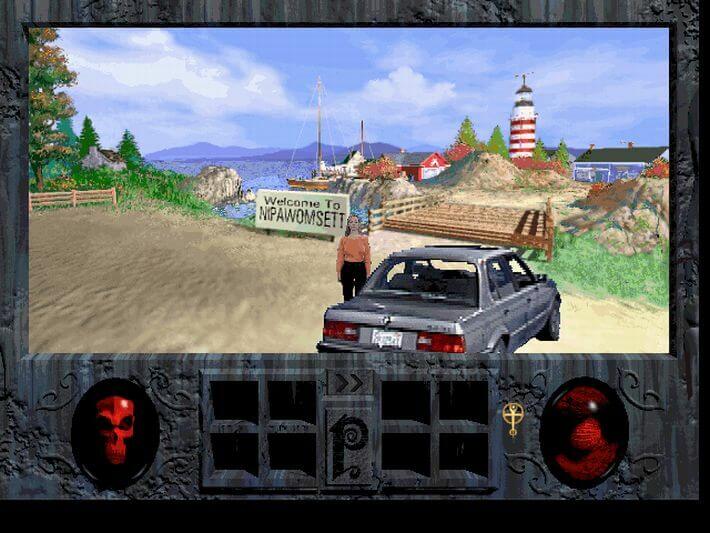
Supporting characters include Harriet Hockaday, a superstitious vagrant, and her son Cyrus, living secretly in
the estate's barn, offering assistance despite Don's disapproval. Through visions, Adrienne learns Carno murdered
his wives grotesquely: Hortencia was stabbed with gardening tools and suffocated with mulch; Victoria, an alcoholic,
had her eye impaled with a wine bottle; Leonora, talkative, had her mouth gagged and neck contorted in a torture
device; Regina, food-loving, was force-fed animal entrails until she choked.
Harriet performs a séance, vomiting green ectoplasm forming Carno, revealing he was possessed by the demon while
practicing black magic, and Adrienne must stop it. Adrienne visits Malcolm Wyrmshadow, Carno's 110-year-old apprentice,
who reveals Carno's last wife Marie conspired with lover Gaston to kill him, leading to their mutual demise.
Don, now insane, murders a technician, Mike, and chases Adrienne, who scars his face with acid, finds multiple corpses,
and ultimately kills Don, banishing the demon through a ritual, leaving catatonic.
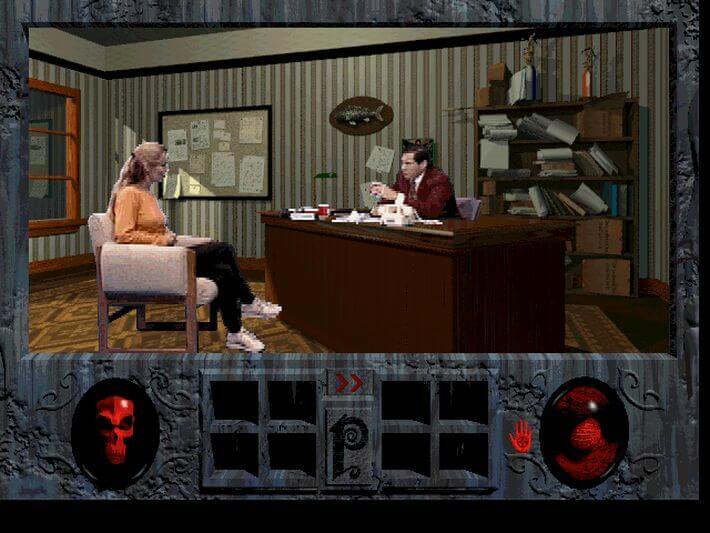
The plot, inspired by Stephen King and Edgar Allan Poe, combines psychological horror with supernatural elements, praised for its intensity but criticized for graphic content, notably the rape scene, which Roberta Williams defended as essential to the narrative.

✪ Gameplay Mechanics and Design
Phantasmagoria is a point-and-click adventure game featuring live-action actors and cinematic FMV, both during
cutscenes and within three-dimensionally rendered environments. Players control Adrienne, always on screen, using
four mouse commands: look (changing to "talk to" for people), pick up item, use item, and walk. The cursor is an
arrow, simplifying interaction compared to earlier Sierra games with multiple cursor modes. Camera angles and rooms
change based on Adrienne's movement, enhancing immersion.
The game includes logical puzzles, with a hint system for assistance, but critics noted they were unchallenging.
Released on seven CDs to accommodate massive video data, it avoids disk swapping by repeating large portions of
data, a hallmark of the interactive movie boom, alongside contemporaries like Wing Commander III.
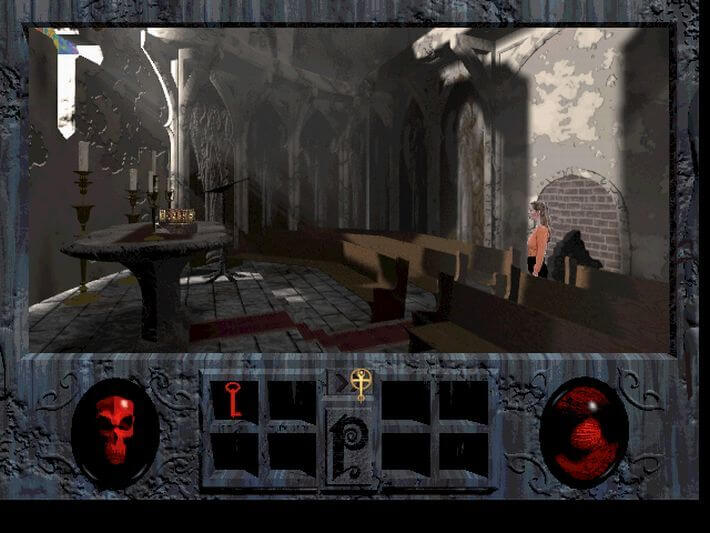
✪ Development History and Challenges
Developed with a budget escalating from $800,000 to $4.5 million, Phantasmagoria involved over 200 people,
directed by Peter Maris, with Roberta Williams writing a 550-page script, four times a Hollywood screenplay's
length. Filming took four months in a $1.5 million studio built by Sierra, featuring 25 actors, including
Victoria Morsell as Adrienne, performing before blue screens.
A Hollywood special effects house handled gore, and the soundtrack included a neo-Gregorian chant by a 135-voice
choir. Development took over two years, facing pressure from Sierra's president Ken Williams to focus on lower-cost
games, and concerns over violence, particularly the rape scene, which Williams felt was crucial but risked being cut.
The game's 1,000+ backgrounds contrasted with typical 80-100, reflecting its ambition.

✪ Reception and Controversy
Phantasmagoria received mixed reviews, praised for graphics and suspense but criticized for slow pacing and easy
puzzles. Entertainment Weekly saw it as a sign of games approaching movie quality. Controversy arose from graphic
violence and the rape scene, banned in Australia, refused by CompUSA, and debated in U.S. Senate hearings. Despite
this, it grossed $12 million in its opening weekend, selling over a million copies, becoming Sierra's best-selling
game, ninth in 1995 sales per PC Data.
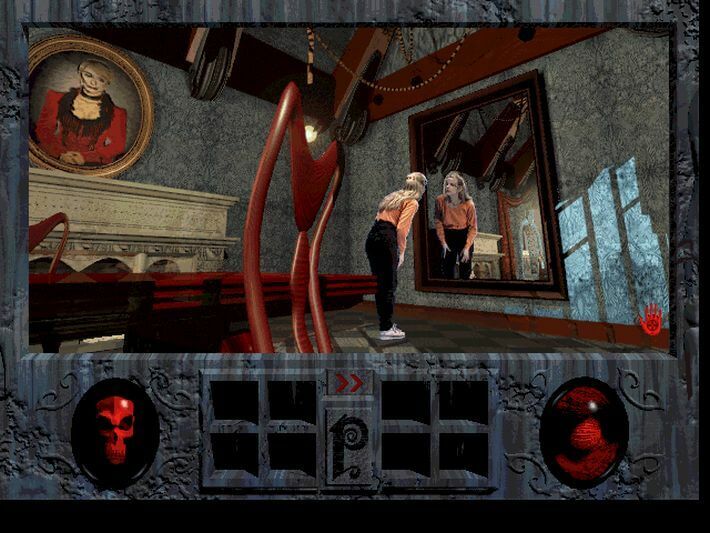
✪ Legacy and Cultural Impact
Compared to contemporaries like Gabriel Knight, Phantasmagoria's FMV was innovative but often criticized for
execution. Player feedback, seen in Steam reviews (89% positive, 145 reviews), lauded atmosphere but noted
the short length of only 4 hours in total.
Phantasmagoria's legacy is as a pioneer in FMV games, influencing titles with live-action elements. Re-released on
Steam and
GOG.com,
it maintains a cult following, discussed on Reddit and gaming forums. The game's controversy
fueled its notoriety, inspiring niche horror games, though its high costs contributed to FMV's decline.
